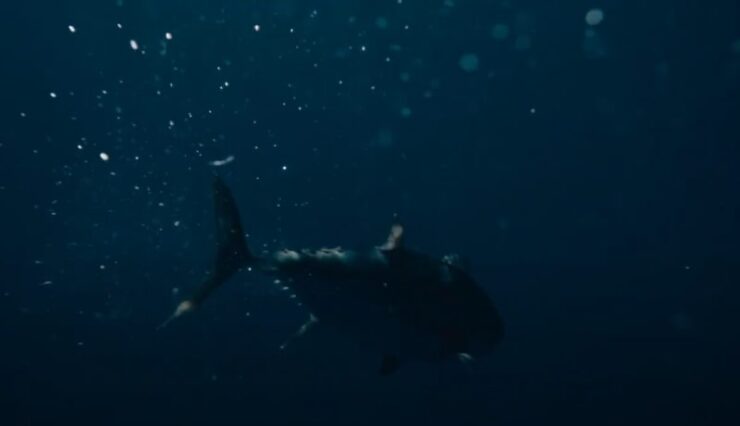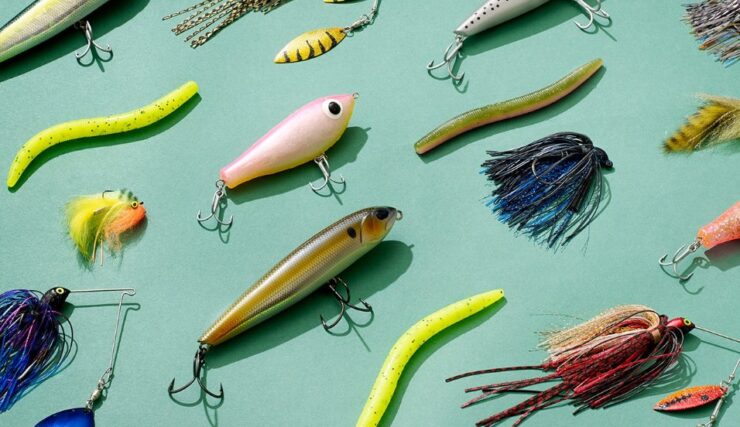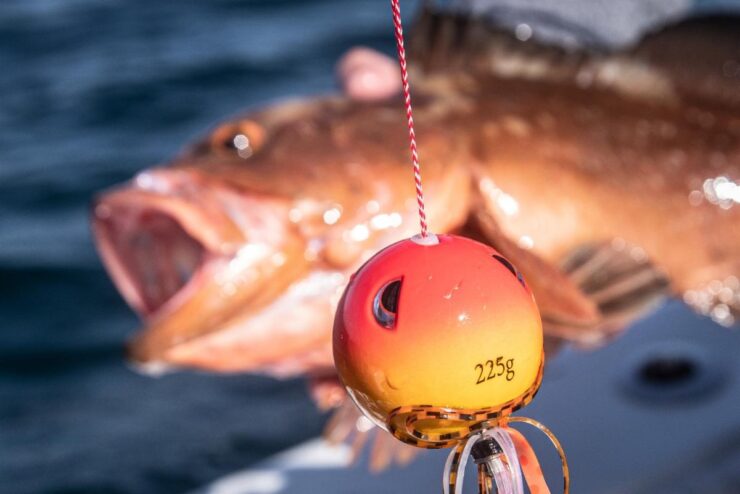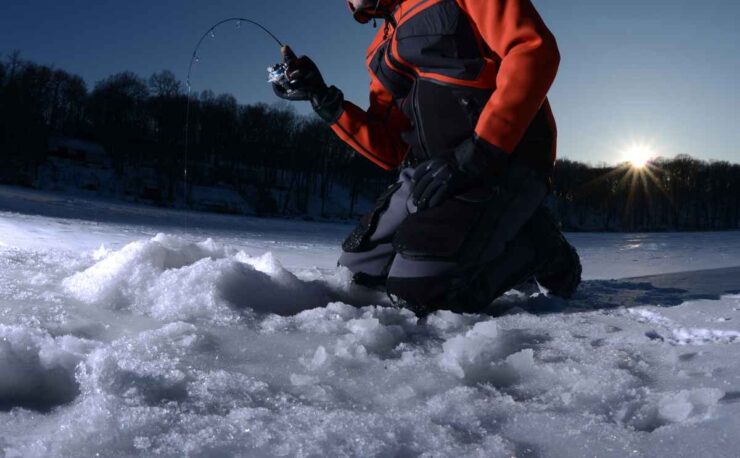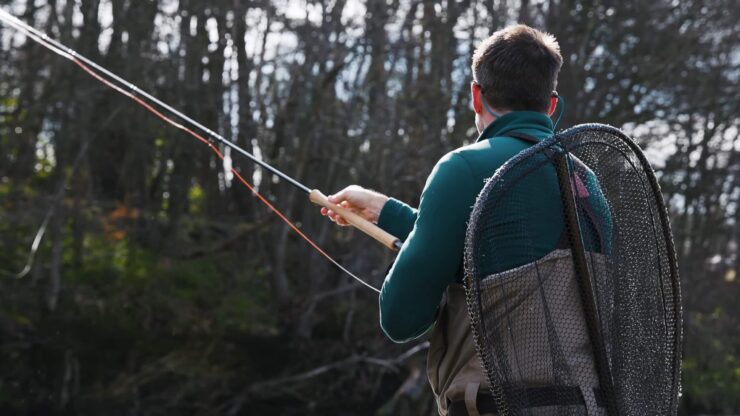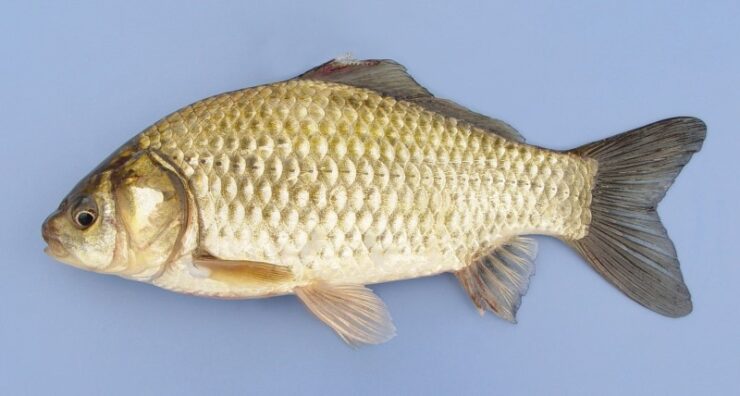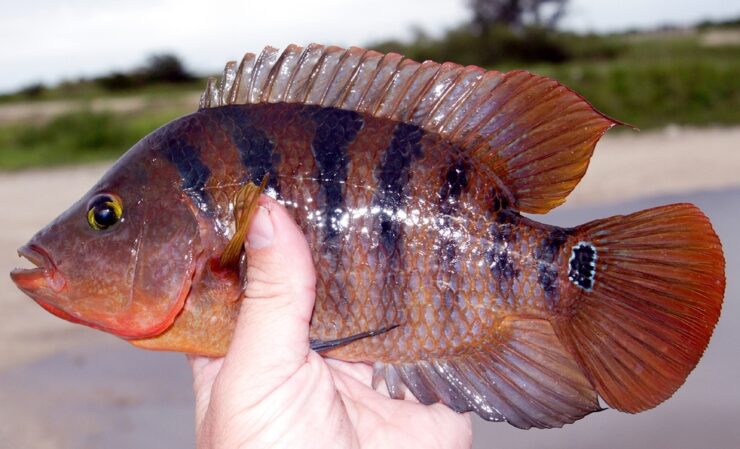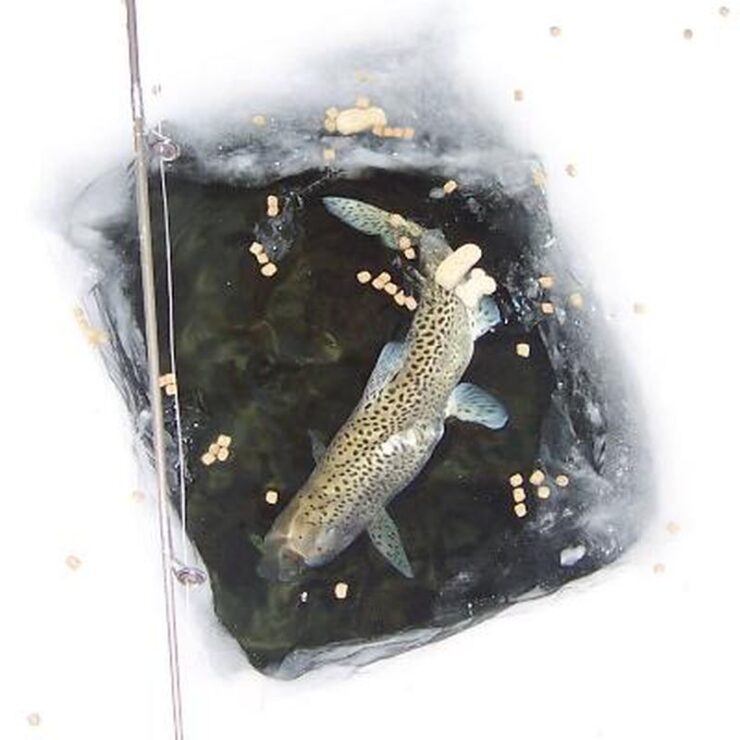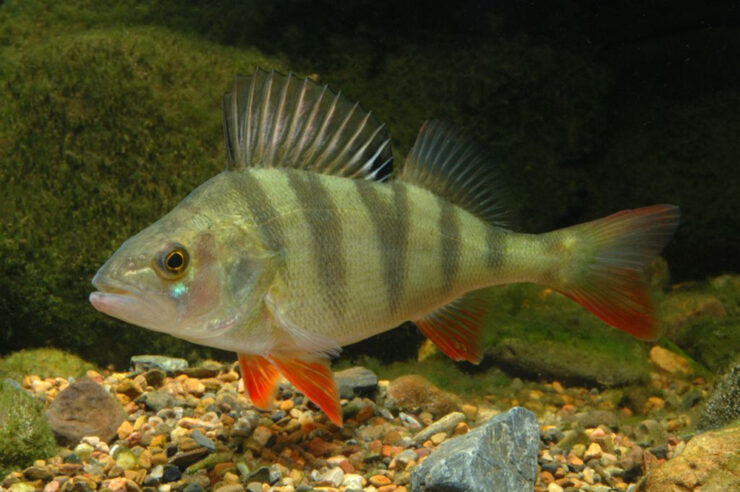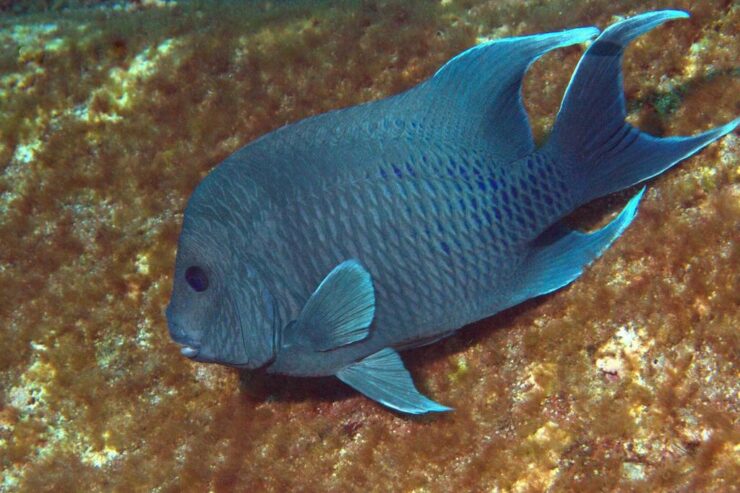Fish Facts: Blackfin Tuna
Found commonly in waters such as the Florida Keys and other tropical locales, observing its abilities inspires awe. Studying this fish provides perspective on the diversity of ocean life. It also illuminates the thrill of sport fishing. Learning about the blackfin tuna enhances comprehension of our marine environment. Physical Characteristics Blackfin Tuna reaches up to … Read more

